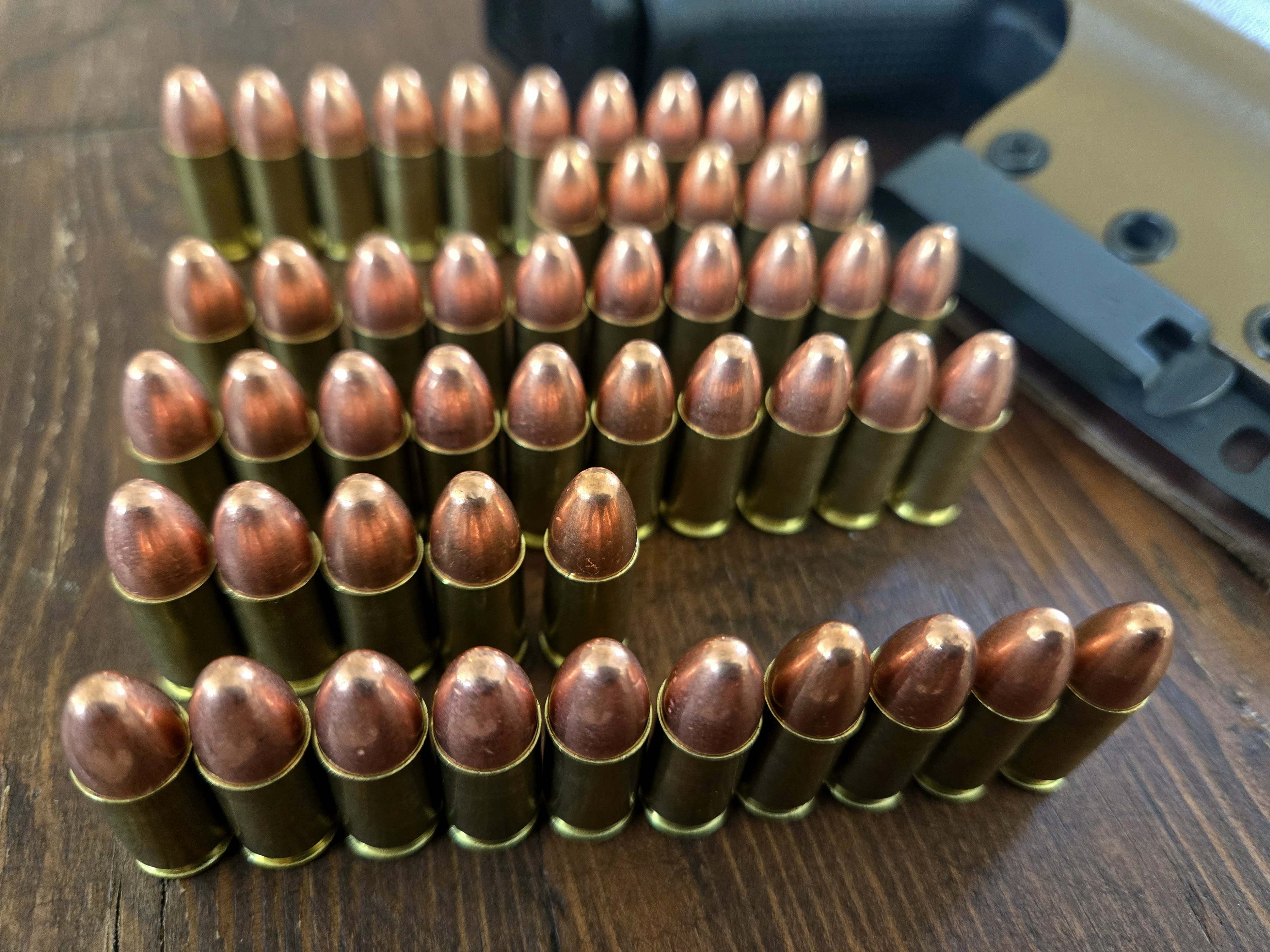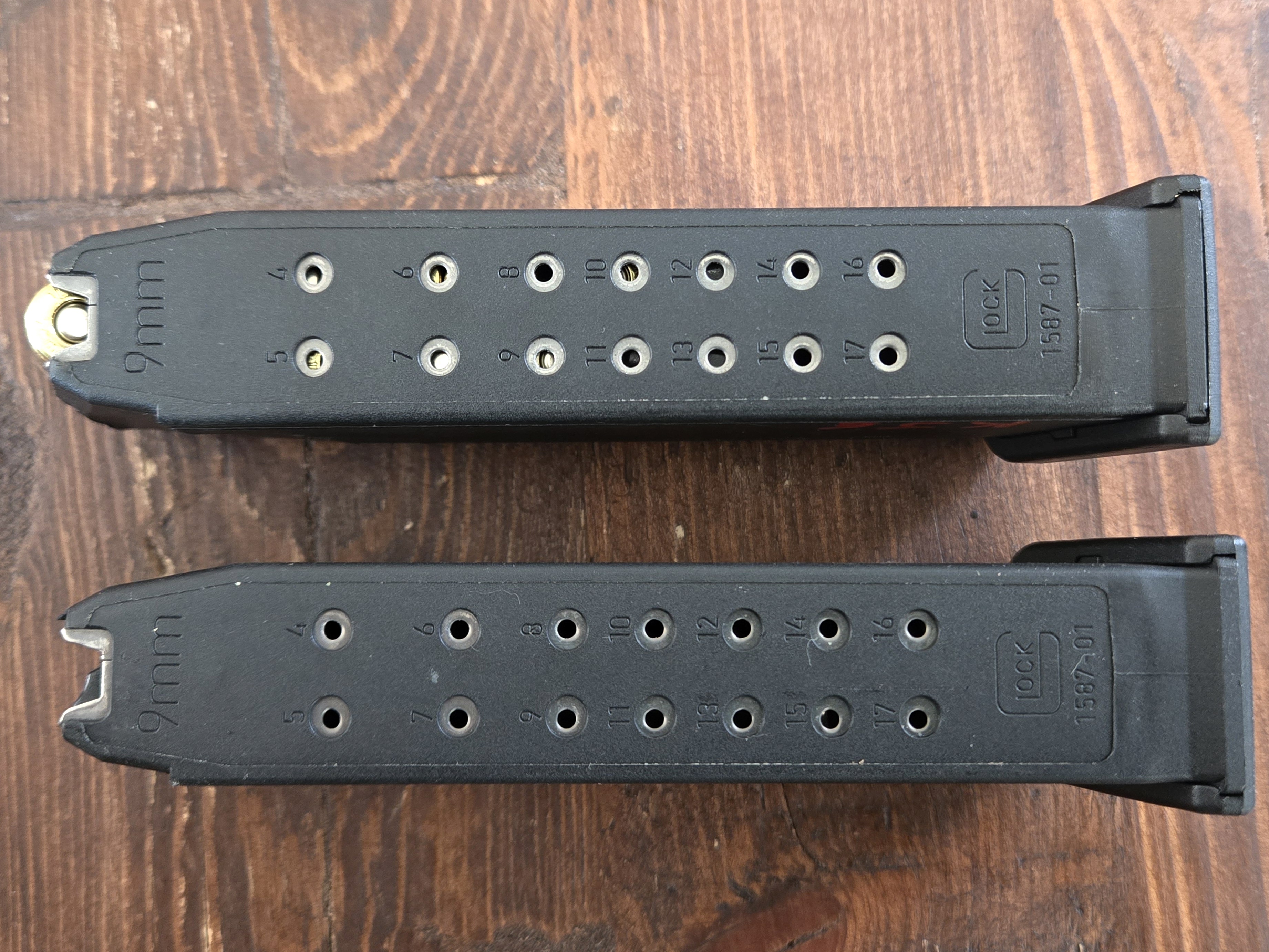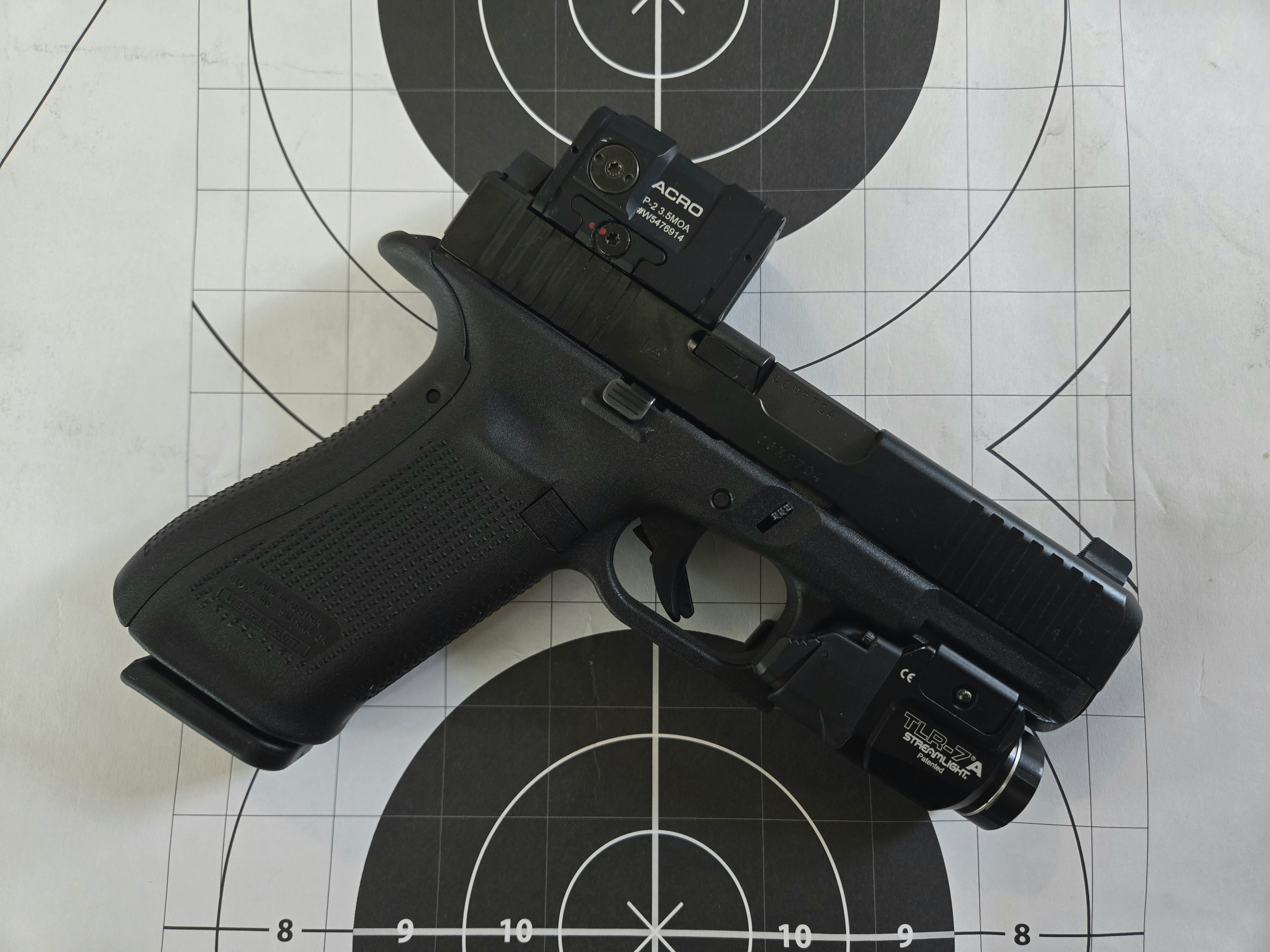Right now, families are struggling to pay for groceries. The consumer price index shows the cost of living is on the rise and paired with salaries that are not, it is getting harder to cover the basics. When we struggle to make ends meet, we also struggle to justify what we deem less essential. Going to the range and burning a case of 500 rounds is likely more difficult now than it was 4 years ago. Rather than not training because of the cost of ammo, we have to be smarter with how we expend a more modest amount. What follows is my advice for a solid range session if you are only able to afford 50 rounds.

10 Rounds, 2 hands, 25-yard bullseye (Distance and “cold bore” concept)
We do not have the luxury of setting the stage for the day, or night when we will need to defend ourselves. While FBI statistics may attempt to sway us to believe we only need 3 rounds, in under 3 seconds, in less than 3 yards (or 7 rounds, 7 seconds, and 7 yards according to some), we should train for the exceptional. 25-yard bullseye shooting is difficult if you don’t practice and it is a great humbler. Also, a great humbler is examining your first shot, cold bore, at 25 yards if you had to take it. For the first 10 rounds, I like to use 2 hands and shoot B8 targets. I can score this out of 100 points and using both that number and an increasingly more difficult time standard, I can get my training started off right.
5 Rounds, 1 hand only, 7 yards (diagnostic)
One-hand shooting is intimidating if you don’t practice. It also is easier if you dry fire and learn to work around recoil anticipation. At 7 yards, I work with the reduced A-zone of a target and focus on making all of my rounds count. There is always the chance I’ll have my other strong hand (support hand) preoccupied and that means taking the shot with just my strong hand. Even if I’m limited on rounds I can train with, I always get in one-hand work. Based on the point of impact, I can diagnose if I’m anticipating recoil, mashing my trigger, or another common problem.
10 Rounds, 1 reload 1 (5 Reps)
Starting with a magazine loaded with 10 rounds and an empty magazine, I load my pistol with the 10-round mag and then swap that mag for the unloaded mag. That leaves me with a pistol that will go to slide lock after I fire 1 round. With this setup, I practice emergency reloads with a 1 reload 1 drill. I also get tactical reload training where I carefully swap out the mag between reps. It’s easy to practice reloads with a dry firearm on the side of your bed but you don’t get accustomed to the impulse of a slide lock like you do when you train it this way.

10 Rounds, Controlled Pairs (5 Reps)
We do not double tap, we shoot controlled pairs. With each controlled pair, we make sure to see 3 sight pictures. We want to speed up our ability to put follow-up rounds on target but we don’t want to run our pistol (or any firearm for that matter) beyond our control. It is easy to shoot fast but when accuracy is added, time constraints tightened, and the distance to the target is extended, we need to find the right balance of speed and accuracy without losing control. During controlled pairs, I get to train my trigger reset and if I have a shot timer, I can focus on my splits that I can understand as my baseline to improve upon.
5 Rounds, Support Hand, 7 yards (diagnostic)
Similar to strong-hand-only shooting, other-strong-hand shooting is something I work into every range session. There is always a chance your strong arm is injured or preoccupied. You never know when you’ll need to use your other strong arm to get the job done. Just like the previous one-hand shooting, I commit 5 rounds with the other strong hand. I can determine the habits, good or bad, with 5 rounds and I can get some training on the felt recoil through my other strong hand with only 10% of my total rounds allotted for training.
10 Rounds, Ready Drills from Prompt (from low ready, high ready, strike ready, or holstered)
The last 10 rounds used in my box of 50 are set aside for ready drills. If possible, I’ll use a shot timer as my prompt. If I don’t have a friend to run my timer for me, I’ll set the beep for varied time. I try to mix up my ready position from low ready to high ready and strike ready but I also know I only have so many rounds to share among these. If I’m working with a pistol I carry, I may opt to draw from concealment but there are some ranges that don’t allow that. Ready drills assume we have our firearm in our hands and are waiting for a stimulus to prompt us to action. Since we don’t walk around with our firearms pointed at everything we look at, these drills make sense to incorporate into our training.

Ammo prices are volatile and we saw them rise during the pandemic. As we approach the 2024 election, we may see them spike again. If you decide to cut back on your training allotment, you can use this 50-round rationing system or make your own. Instead of only turning money into noise, put some thought behind your training and make the most of it. If you have a surplus of an additional 100 rounds, you can scale this up or add additional drills. Whatever you do, train for reality and set yourself up for success.
